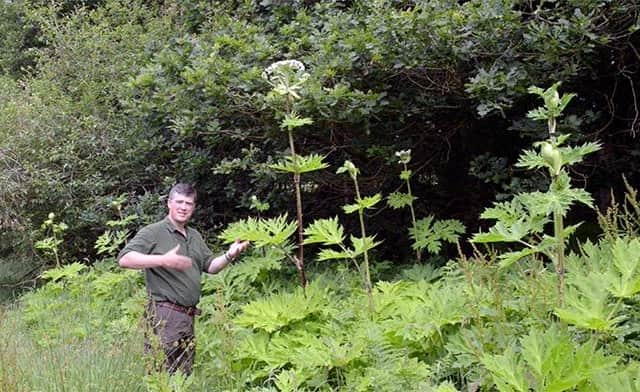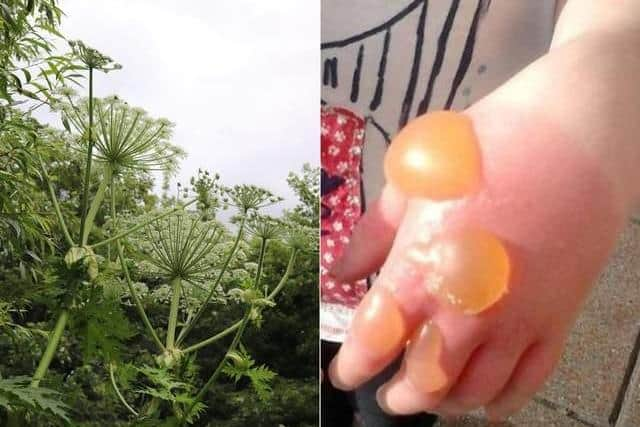Fresh alert over poisonous plants growing around Horsham
and live on Freeview channel 276
Horsham District Council neighbourhood wardens say that there is currently a bumper crop of giant hogweed in the district.
It is known as the ‘UK’s most dangerous plant.’
Now council wardens are urging anyone who sees the plants not to touch them but to report their whereabouts to the council.


Advertisement
Hide AdAdvertisement
Hide AdA spokesperson for Pulborough neighbourhood wardens said: “Giant Hogweed is a very serious health hazard and physical contact with it needs to be avoided at all costs.
"The stems, edges and undersides of the leaves all bear small hairs containing poisonous sap, and the slightest touch causes painful blistering and severe skin irritation.
“Contact with the plant in sunlight produces a skin reaction in almost all cases.
"Blistering symptoms occur 24-48 hours after exposure, and dense pigmentation is visible after three to five days.


"This may persist for six years or more.
Advertisement
Hide AdAdvertisement
Hide Ad“Protective clothing must be worn when treating this plant because the hairs can penetrate light fabrics.
“If seen, please report to Horsham District Council/your local council.”
The non-native giant hogweed is a member of the cow-parsley family with flowering stems typically 2-3 metres high bearing umbels of flowers up to 80 cm in diameter. The basal leaves are often 1metre or more in size.
The plant is especially abundant by lowland streams and rivers, but also occurs widely on waste ground and in rough pastures.
Advertisement
Hide AdAdvertisement
Hide AdIt thrives on moist fertile soils, achieving its greatest height in partial shade.